

At a distance of 1.5 km from Kumbha Palace and 7.5 km from Chittorgarh Railway Station, Padmini Palace is situated at the southern part of Chittorgarh Fort. It is one of the most famous hitorical places to visit in Rajasthan and also one of the top places to visit in Chittorgarh.
Padmini Palace was once the palatial abode of the exquisitely beautiful Rajput queen, Rani Padmini, the wife of King Rawal Ratan Singh. Revered as an epitome of beauty, Rani Padmini was the daughter of a Sinhala ruler Gandharvasen and plays a crucial role in the history of the gallant Rajput warriors. This queen was mentioned in the epic poem of 'Padmavati', which had been composed during 1540 CE, by Malik Muhammad Jayasi.
Rani Padmini Palace leaves behind the tincture of beauty, valour, sacrifice, honour, and tragedy of the past. Padmini Palace was the very legendary palace from where Ala-ud-din Khilji was permitted to obtain a glimpse of Padmini in a mirror placed in the main hall. Allured by her beauty, Ala-ud-din Khilji fought a fierce battle with Rana Ratan Singh, husband of Rani Padmini. Rani Padmini was augmented by her preference of death to abduction and dishonour during the historic siege of Chittor in 1303 AD, by Ala-ud-din Khilji. As an aftermath, Ala-ud-din Khilji killed thirty thousand Hindus in revenge and entrusted the fort to his son Khizr Khan.
It is a 3 storied white building that overlooks a pleasant lotus pool. The palace is adorned by the pavilions at the top and surrounded water moats. The architecture of this palace becomes the example for many other notable structures which were surrounded by the water. The bronze gates to this palace were carried off by Akbar and can now be seen in Agra Fort. Near Padmini's Palace is a small prison where captured invaders were kept; former prisoners include sultans of Malwa and of Gujarat.
Rani Padmini, the wife of the King of Chittorgarh (Mewar) Rawal Ratan Singh, was renowned for her beauty and graceful charm. In fact, it was this beauty that attracted Ratan Singh to the Singhal king’s land where Padmini was the princess. Ratan Singh wooed and wed Padmini and received a huge dowry. Ratan Singh’s courtier Raghav Chetan incurred a reputation as a sorcerer. It may have been this or his demand of a share in the dowry – whatever the reason – the king banished Raghav Chetan who promised to exact revenge. He made his way to the court of Alauddin Khilji in Delhi. Raghav Chetan tried to entice an anti-Hindu Khilji to attack Chittorgarh, but his plans didn’t seem to work well. It was only when he started to describe Rani Padmini’s beauty that Khilji considered attacking the state and taking the queen forcefully.
When Khilji laid siege to Chittorgarh, he realized that the well fortified kingdom would not surrender. He sent message to the king that he would withdraw his siege if allowed to look at Rani Padmini once. The queen assented to showing her reflection on a mirror. The sly Khilji, however had other plans. While his accomplices took note of the fort’s entry points and security arrangements, Khilji abducted the King who had accompanied him to the gates. Padmini, known for her ingenuity, sent a regiment of soldiers dressed as women in palanquins to enter the Khilji camp. Ratan Singh was rescued but the siege continued to drain Chittorgarh’s scant resources.
Hearing that King Ratan Singh planned to storm out and face the odds of fighting a much larger army, Queen Padmini and the womenfolk of Chittorgarh prepared a sacrificial pyre and committed Jauhar (self immolation or ritual suicide) rather than facing dishonour at the hands of the enemy. The king and his men, infuriated by the loss of their family decided to commit Saka – a fight unto death, dressed in the ochre robes of ascetics or monk warriors. While Khilji’s army ultimately won the battle, the disappointment that faced them as they entered the fort robbed them of the pleasure of victory.
Right at the heart of the Chittorgarh Fort, the garrison that the Rajputs cleverly built to take advantage of the naturally rocky terrain, stands the Rani Padmini Palace. The once beautiful and stately, albeit small structure is now in an advanced state of disrepair. And yet, it stands out as a touch of femininity in the midst of what is obviously a soldier’s world. The fort itself stands atop a 180 metre tall hill, making use of the natural settings to make it impregnable. Spread over about 700 acres, the Chittorgarh fort is believed to have been originally constructed in the 7th century.
Rani Padmini’s Palace makes for a visual treat. It is one of the earliest palaces constructed in India to be completely surrounded by water. The queen’s ill-fated but legendary beauty is reflected in the lotus pool that surrounds her small but stunning palace. The architectural style is distinctly Rajasthani, but hints of the Persian influences that had started to make their presence felt in India at the time. While there are certainly many parts of the Chittorgarh Fort that may be listed on tour guides and perhaps cry out for attention, the queen’s palace combined with its history make this an unforgettable and attractive part of the fort.
Monuments in Chittorgarh resonates with stories of Rajputana bravery, pride and passion. The bards of Rajasthan sing tales of courage and sacrifice recounting stories that are known to every child and adult in the city. Chittorgarh is named after its most imposing structure, the Chittorgarh Fort which stands atop a 180 metre high hill and is spread across 700 acres. Chittorgarh Fort has had a tumultuous past. This bastion of the Rajputs has faced violent attacks thrice in its entire history. The first was in 1303 when the Sultan of Delhi, Ala-ud-din Khilji, who was enamoured by Queen Padmini, launched an attack to abduct her. More than two centuries later, in 1533, it was Bahadur Shah, the Sultan of Gujarat, who caused immense destruction. Four decades later, in 1568, Mughal Emperor Akbar attacked and seized the fort. It was finally in 1616, under the rule of Mughal Emperor Jahangir that the fort was returned to the Rajputs.
Chittorgarh is known for a number of forts and palaces with historical significance. Chittorgarh tour packages are in great demand as large numbers of tourists wish to explore of a number of attractions in the city. These tour packages comfortably take the tourists to a number of famous places in town.
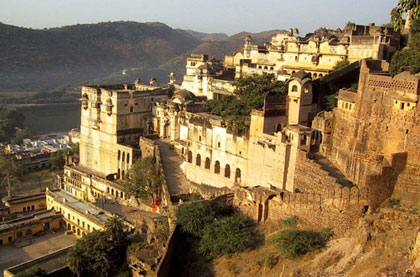
Duration : 04 Nights / 05 Days
Destination Covered : Kota - Bundi - Chittorgarh

Duration : 04 Nights / 05 Days
Destination Covered : Jaipur - Ranthambore - Chittorgarh - Udaipur

Duration : 04 Nights / 05 Days
Destination : Ranthambhore, Bundi, Chittorgarh, Udaipur, Ranakpur, Jodhpur
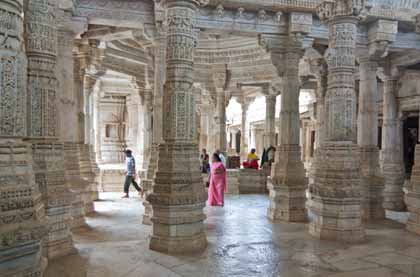
Duration : 08 Nights / 09 Days
Destination : Jaipur, Ranthambore, Chittorgarh, Udaipur, Ranakpur, Jodhpur, Jaisalmer
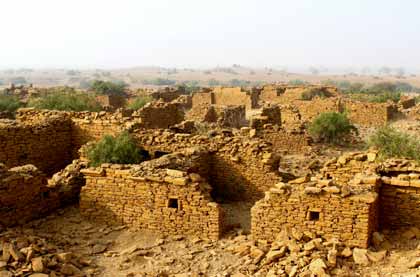
Duration : 07 Nights / 08 Days
Destination : Jaipur, Pushkar, Chittorgarh, Udaipur, Jodhpur, Jaisalmer/Desert
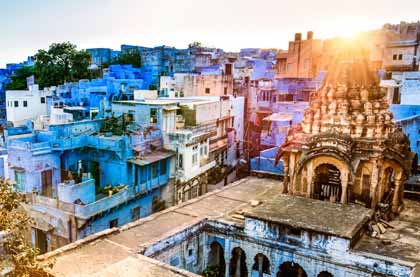
Duration : 07 Nights / 08 Days
Destination : Jaipur, Chittorgarh, Udaipur, Kumbhakgarh, Ranakpur, Jodhpur, Jaisalmer
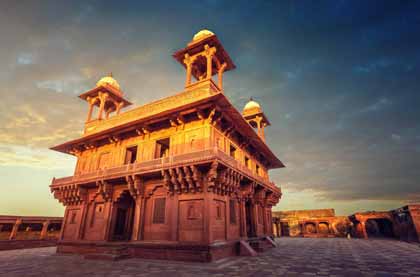
Duration : 08 Nights / 09 Days
Destination : Jodhpur, Ranakpur, Udaipur, Chittorgarh, Jaipur, Fatehpur Sikri, Agra, Delhi
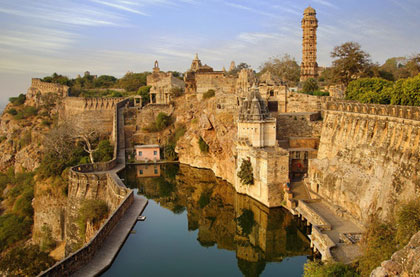
Duration : 13 Days / 12 Nights
Destination : Delhi, Mandawa, Bikaner, Jaisalmer, Jodhpur, Mountabu, Ranakpur, Udaipur, Chittorgarh, Pushkar